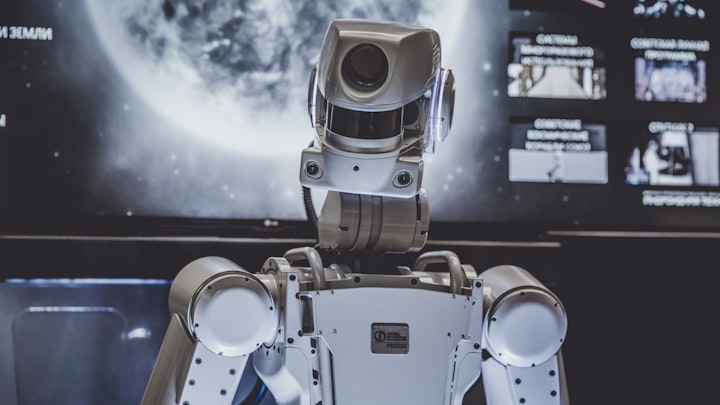Finding The Right Machine Learning Model
Machine Learning Model

Machine Learning has different models to work according to the type of datasets. You have to be cautious while choosing the right model for your data. In everyday life, we come across several datasets in some or other forms. With machine learning, you can categorize, analyze, visualize, picture, and work with a suitable algorithm for your data.
There is a simple list of steps to choose a suitable model for performing analyses and get results for a certain machine learning or deep learning. Here are the steps to define and choose your machine learning model:
Classify the Problem:

In machine learning, there are two types of solutions based on input. These include supervised learning and unsupervised learning. Find out whether your problem contains labeled data or unlabeled data. According to the data, you can choose between supervised learning (for labeled data) and unsupervised learning (for unlabeled data).
According to the output, you can classify problems as regression or classification. In classification problems, you will get data as different classes. Let's understand with an example. You will get either mine or rock in the Naval Mine Identifier problem as the output. While in the case of regression, you play with numbers. Its example may be prediction problems.
Understand Your Data:

Understanding data is a critical task. Researchers and machine learning professionals spend 90% of their time understanding the data. The rest 10% is for approaching the final results.
It involves analyses, visualizations, and data cleaning. This step is the data preparation step, i.e., making data suitable for use in model building.
- Analyze: In this phase, professionals perform data analysis and visualization based on statistics and available columns in datasets.
- Process: In this step, data cleaning and profiling take place. It involves data wrangling and data preprocessing.
- Transform: It is the final step in understanding the data. It is the transformation of raw data into a usable format to apply algorithms to get final results.
Choose an Algorithm:

There are several machine learning algorithms. Your next task is to identify algorithms that you can implement on your data in countable time. Different factors are affecting the choice of algorithms.
Since machine learning is all about accuracy and precision, you have to choose an algorithm with the best accuracy. Choose an algorithm based on complexity, scalability, whether it meets business goals, etc.
Implement Algorithm to Build ML Model:

It is the time to work with selected algorithms, comparing the accuracy and finalizing the results. You have a choice to divide your dataset into train and test datasets. You can employ different groups of test datasets to analyze the performance of a particular machine learning model.
Be precise in choosing evaluation criteria to achieve useful results as per your calculation and analysis.
Optimize the Results

So, you are now ready with your final model. But wait, is that even optimized? There are three choices for optimizing your results, including grid search, random search, and Bayesian optimization.
Conclusion
Machine learning models are efficient if and only if you approach them in the right way. If you try to miss or skip any steps of choosing a machine learning model, you will end with zero output. So, only theoretical knowledge is not enough, practical implication is a must.
Most people feel it is hard to go through the data preprocessing stage as it is time-consuming. But it is not a solution instead of an obstacle for you if you avoid data preprocessing and search shortcuts. And once you undergo this step the entire process appears meager above all the steps and you feel confident to test your model.
- Author of Surrounding Thoughts
About the Creator
prickedinsight
- Software Engineer by profession and Content Creator by passion.
- Published author
Enjoyed the story? Support the Creator.
Subscribe for free to receive all their stories in your feed. You could also pledge your support or give them a one-off tip, letting them know you appreciate their work.





Comments
There are no comments for this story
Be the first to respond and start the conversation.